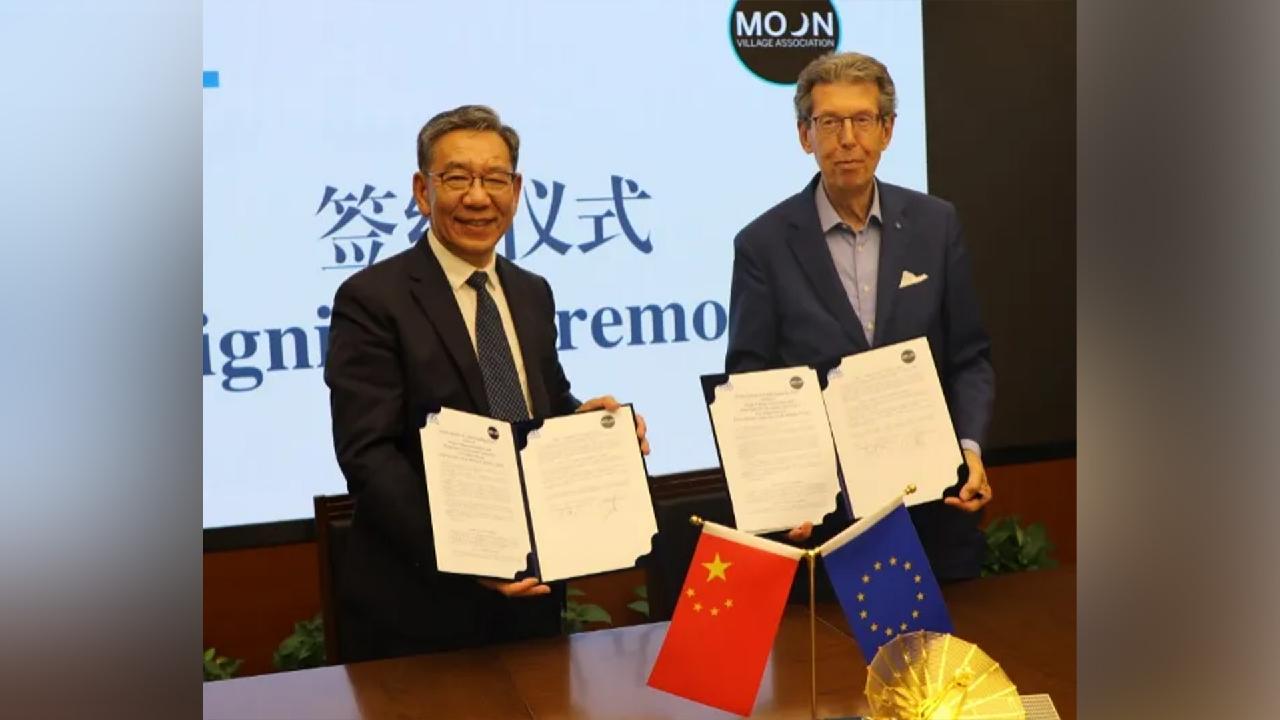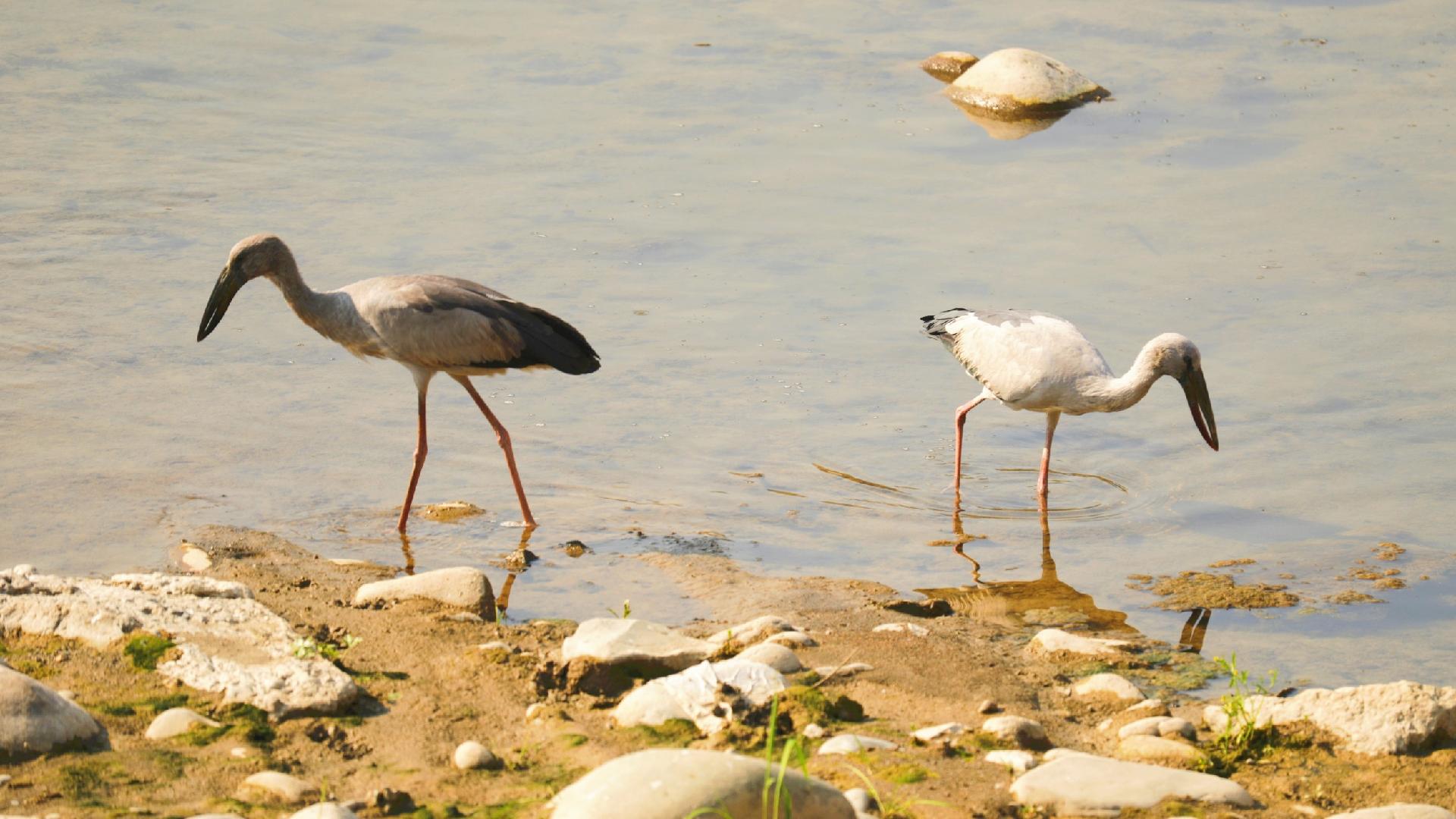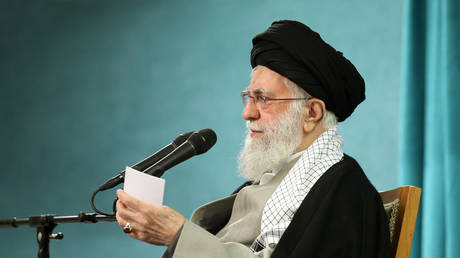China Enters MOU with Moon Village Association for Moon Research Lab
China's Deep Space Exploration Lab (DSEL) announced on Friday that it has signed a memorandum of understanding (MOU) with the Moon Village Association (MVA) to collaborate on the establishment of an international research lab on the moon.

On July 17, DSEL Director Wu Weiren and MVA President Giuseppe Reibaldi signed the MOU.
Reibaldi expressed their eagerness to establish a cooperative relationship with China to support the construction of the international lunar research station and related initiatives.
During the meeting, Wu, who also serves as the chief designer of China's lunar exploration program, highlighted China's achievements in lunar exploration and provided an update on the international lunar research station plan.
The meeting was also attended by Dumitru-Dorin Prunariu from the MVA's advisory council, who is also the president of the Space Explorer Association, and MVA Vice President Jan Kolar, the former head of the Czech Space Office.
Both Prunariu and Kolar, along with Reibaldi, presented details about their organization and congratulated China on its advancements in deep space exploration.
Founded in Vienna, Austria, in 2017, the Moon Village Association is a non-governmental organization recognized by the United Nations, with the goal of promoting international collaboration in lunar exploration and settlement.
Latest on China's lunar exploration
In June, China's Chang'e-6 mission made history by returning the first lunar samples from the far side of the moon, specifically from the South Pole-Aitken Basin.
China plans to launch the Chang'e-7 mission in 2026, aiming to land its first spacecraft at the south pole of the moon to search for evidence of water, as detailed by Wu in a previous interview with China Media Group (CMG).
Following that, the Chang'e-8 mission is scheduled for 2028, focusing on establishing the foundational structure of an international lunar research station to support environmental exploration and resource utilization experiments on the moon, according to a CMG report in June this year.
The report also noted that China aims to achieve a manned lunar landing by 2030.
Looking further ahead, the program aims to develop a fully equipped international lunar research station by 2040, dedicated to exploring the sun-Earth-moon space environment and conducting scientific research.
Beyond these milestones, there are plans to construct an "applied lunar research station," envisioned to operate as a multifunctional lunar base.
For more information on China's lunar exploration history, click here.
(CGTN's Peng Yuhan also contributed to the story.)
Thomas Evans contributed to this report for TROIB News
Discover more Science and Technology news updates in TROIB Sci-Tech












